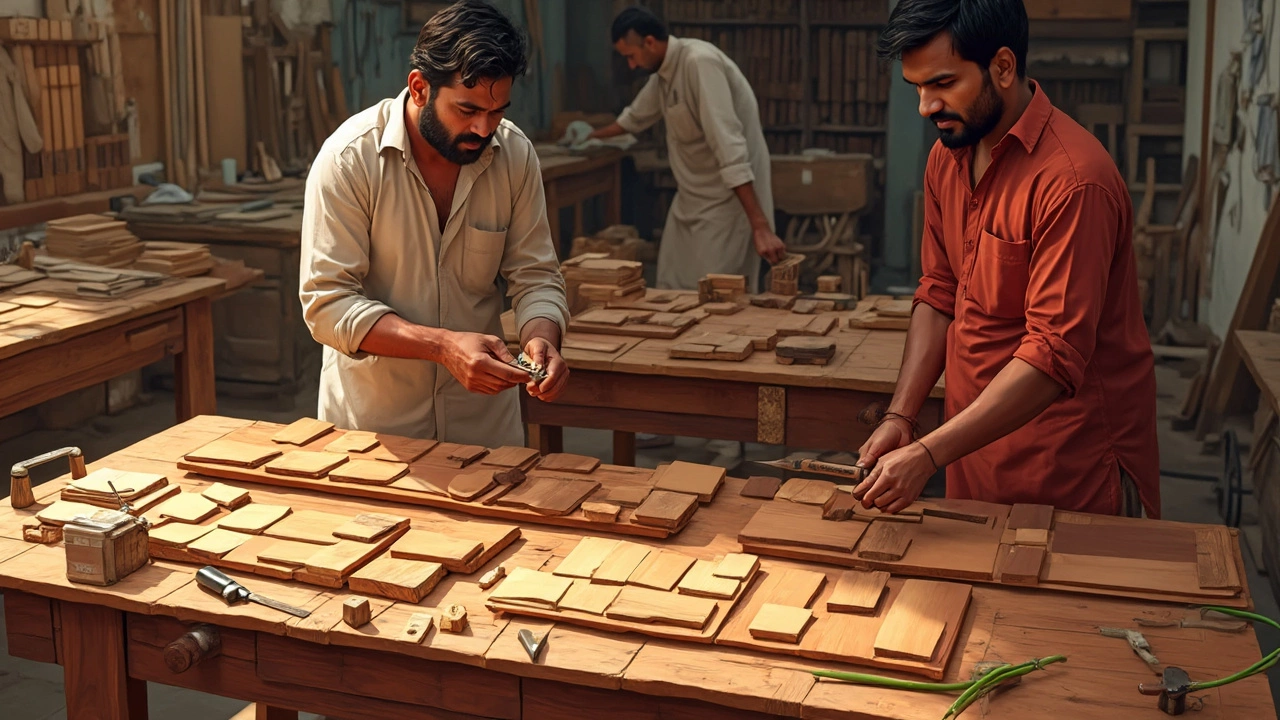Furniture Manufacturers in India: Who's Who, What’s Hot, and How to Pick the Right Partner
If you’re looking to source furniture for a project, a retail brand, or an export venture, India should be on your radar. The country blends traditional craftsmanship with modern production lines, giving you a huge range of styles, price points, and delivery speeds. Below we break down the biggest players, the trends shaping the market, and a simple checklist to help you land a reliable partner.
Big Names and Emerging Players
India’s furniture landscape is split between legacy firms and fast‑growing startups. Companies like Godrej Interio, Durian, and Nilkamal have decades of experience, nationwide dealer networks, and large-scale factories that can handle bulk orders. They’re the go‑to for corporate contracts and large retail chains.
On the newer side, brands such as Urban Ladder, Woods of Earth, and Furny focus on design‑forward pieces and use digital platforms to reach customers. These firms often work with flexible OEM partners, meaning they can adjust designs quickly and offer lower minimum order quantities (MOQs). If you need a mix of classic woodwork and sleek modern designs, checking both types of manufacturers gives you room to negotiate.
Key Trends Shaping Indian Furniture Production
1. Eco‑friendly Materials – Buyers are asking for recycled wood, bamboo, and low‑VOC finishes. Many manufacturers now have green certifications and can provide material certificates on request.
2. Modular & Flat‑Pack Design – Inspired by global players like IKEA, Indian makers are offering knock‑down kits that cut shipping costs and make storage easier.
3. Digital Customization – With 3D visualization tools, customers can tweak dimensions, colors, and hardware online before placing an order. This reduces revisions and speeds up the production cycle.
4. Export Focus – The US, Europe, and Middle East remain top destinations. Manufacturers are aligning their quality systems (ISO 9001, BIFMA) to meet foreign standards, which also benefits domestic buyers looking for consistent quality.
5. Automation – CNC routers, robotic sanding, and AI‑driven inventory management are becoming common in mid‑size plants, boosting both speed and precision.
Keeping an eye on these trends helps you choose a partner who’s already investing in the technology you’ll need tomorrow.
When you’re ready to contact a manufacturer, use this quick checklist: verify their certifications, ask for sample pieces, confirm lead times versus your project schedule, check MOQ flexibility, and discuss after‑sales support. A reliable supplier will be transparent about raw material sources and will gladly share their export documentation if you plan to sell abroad.
India’s furniture sector offers a mix of low‑cost production, skilled artisans, and growing tech adoption. Whether you need a single custom sofa or a shipment of 5,000 office chairs, the right manufacturer is out there. Use the tips above, ask the right questions, and you’ll move from idea to finished product without a hitch.

Best Tree for Furniture in India: A Practical Guide
Trying to figure out which tree makes the best furniture in India can get confusing with so many choices on the market. This guide breaks down the most popular types of wood used by Indian furniture makers, giving you practical info on their strengths, looks, and pricing. You'll learn what really matters when picking wood, plus pro tips to get sturdy, lasting pieces. If you want quality furniture or just want your next table to last more than a few years, this article gets you sorted. No confusing jargon—just facts, tips, and straight talk.
Read More